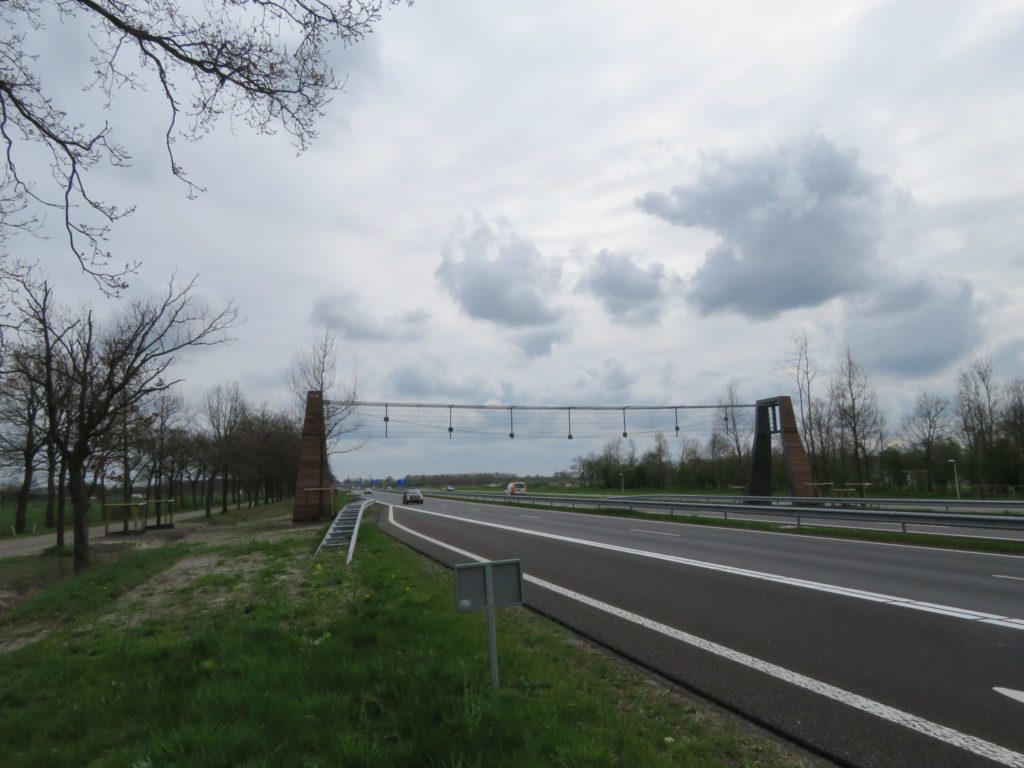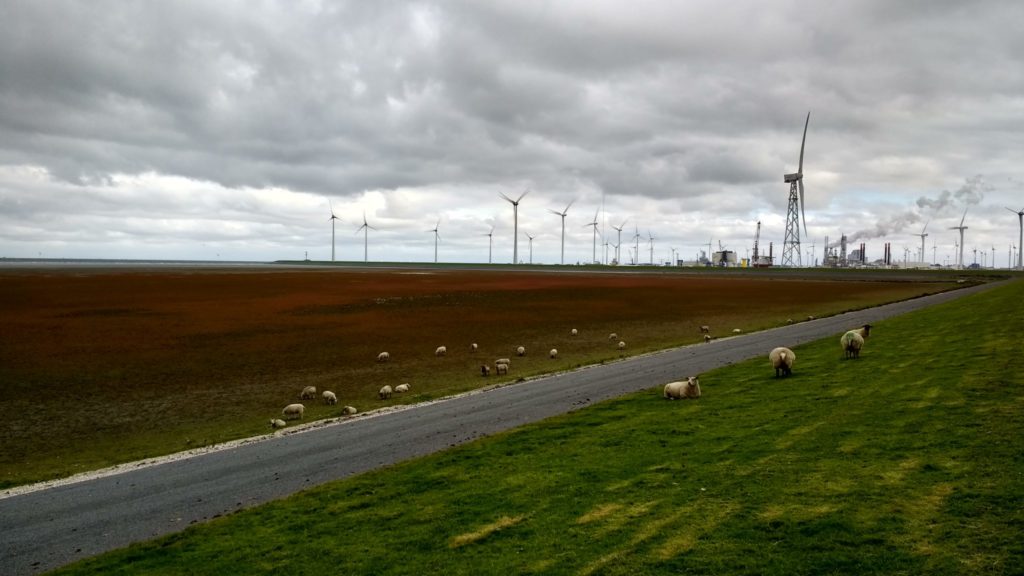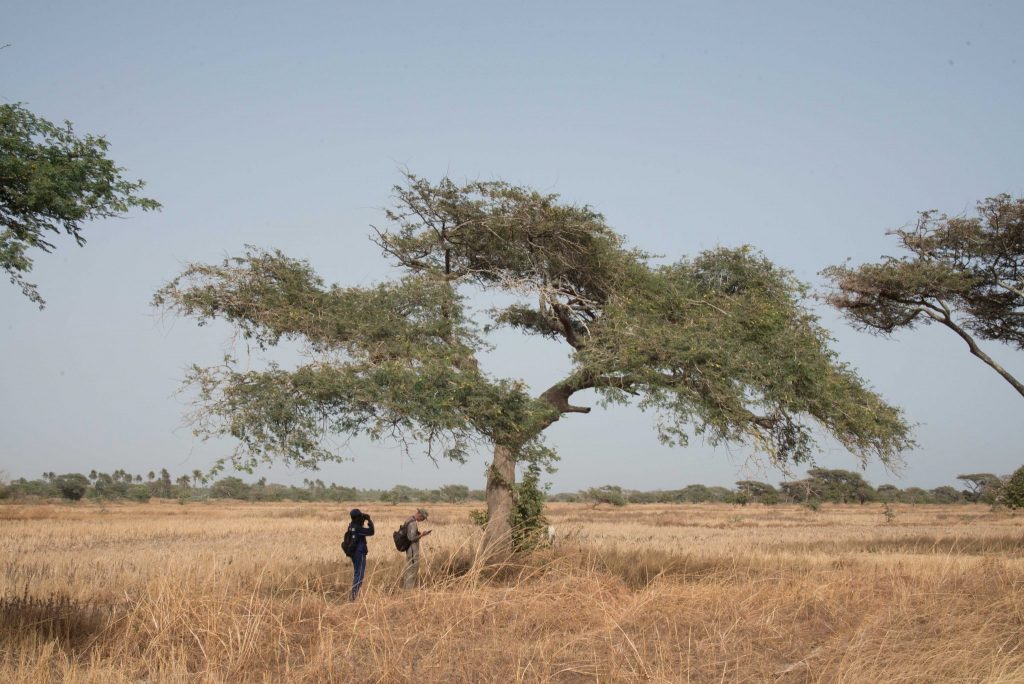In 2006 the provincial board of Fryslân decided on the construction of the N356 road ‘De Centrale As’ (DCA) in the northern part of the Netherlands. This new road crosses the small-scaled bocage landscape of the northern part of Friesland as well as some parts of the ecological main structure. The area is known as important for bats. In the design much effort was put to mitigate possible impact on bat populations in the region. This lead to the implementation of so-called ‘hop-overs’ to maintain commuting and foraging routes, as well as to reduce mortality of bats. An important process-based objective was to design effective ecological constructions, being feasible in terms of planning and construction. This was realised through a system engineering approach.
Ecologists were involved at an early stage in the construction process. Prior to the design, commuting and foraging routes of bats were mapped. Based on this spatial inventory, potential hop-over spots were chosen, and the ecological requirements were specified as SMART as possible. This allowed to use them as input for the design, together with and at the same priority level as technical requirements. The framework of the design was further set by legislation and environmental and social aspects. From the moment the alignment of the N356 was confirmed (2006), the hop-over locations have been monitored regularly for the presence of bat species. Currently (2018), long-term agreements on operation and maintenance are being made with the engaged stakeholders, to ensure functionality of the hop-overs in the long term.
Fifteen natural and five artificial hop-overs were constructed. Additionally six water courses were made passable for bats. Both hop-overs and water courses passages were constructed according to plan. This was verified, monitored and evaluated during the construction phase using the system engineering approach. This facilitated the process and communication between ecologists and the contractor, and additionally was helpful to test for ecological functionality.
The monitoring shows a lot of variation in the number of passing bats per location before the construction started. This may be explained by the presence or absence of adjacent colonies and weather conditions. After the preparatory activities (cutting wooded banks) we detected no outliers due to the absence of suitable foraging habitat. Two years after the road had been put into use (2015), the hop-overs are frequently used by bats. The number of passages at natural hop-over sites, with well-developed trees, are at the same level as before the preparatory activities. Artificial hop-overs and hop-over sites with newly planted trees are not (yet) at the level before construction, but nevertheless frequently function as passage for bats.



